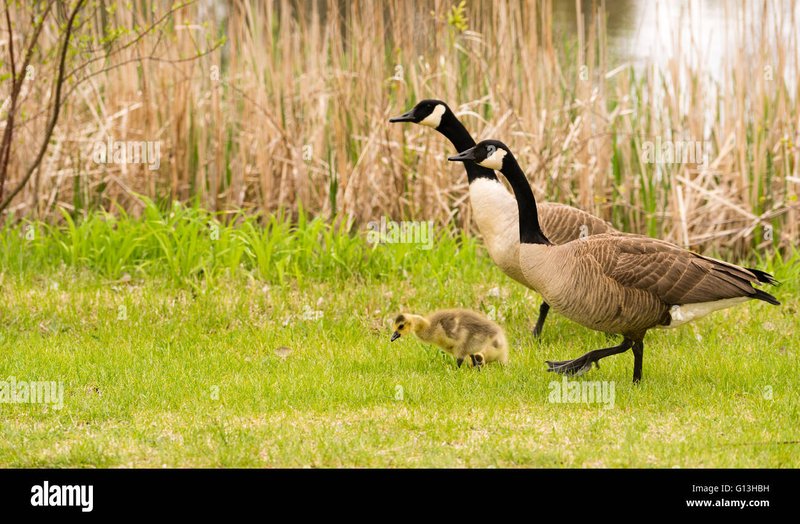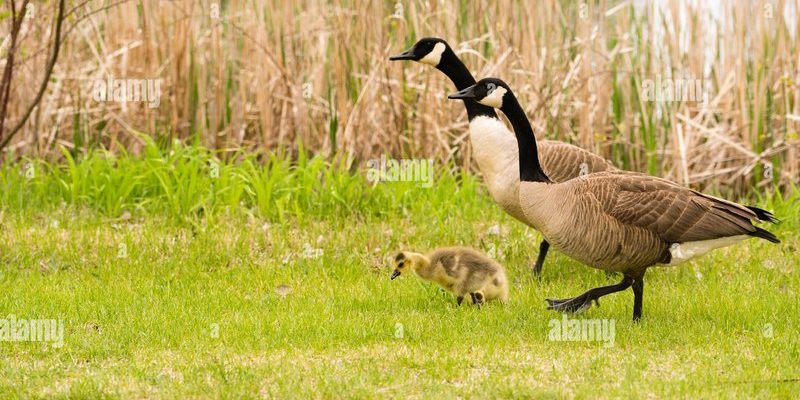
Imagine for a moment that your backyard is like a bustling city for your geese. Just like in any city, they need proper defenses to keep them safe from harm. This article will guide you through proactive steps to create a safe environment for your geese and deter those pesky predators that might be eyeing them as a snack.
Understanding Common Predators
Before you jump into protective measures, let’s first understand who the threats are. Common predators include foxes, raccoons, coyotes, hawks, and even domestic dogs. Each of these animals has different hunting strategies, but they all share a keen interest in geese.
Foxes and raccoons are stealthy and often hunt at dawn or dusk, while coyotes may venture in during the night. Hawks, on the other hand, are aerial hunters that can swoop down quickly, catching geese off guard. Knowing your foes helps you strategize better. Think of it this way: If you don’t know who’s on the other team, you can’t form an effective defense!
Here are a few common predators to keep an eye out for:
- Foxes – crafty and sneaky, they often hunt at twilight.
- Raccoons – clever and agile, they can even climb fences.
- Coyotes – nocturnal and cunning, they use teamwork to hunt.
- Hawks – these birds are fast and can strike from the sky.
- Domestic dogs – they may see geese as playthings.
Creating a Secure Living Environment
One of the simplest ways to keep your geese safe is by establishing a secure living environment. This means providing a safe enclosure that can withstand the efforts of any predator. A sturdy fence is your best friend in this scenario.
A fence should ideally be at least 4-6 feet tall, making it difficult for most land predators to jump over. You might also consider burying the bottom of the fence a foot deep to deter digging creatures like raccoons or foxes.
It’s also helpful to ensure your enclosure is free of any gaps or holes. Even the smallest opening can be an invitation for a curious predator. Regularly inspecting your fence will prevent any unfortunate surprises!
Choosing the Right Materials
When it comes to materials for your geese enclosure, consider using welded wire fencing instead of chicken wire. Here’s why:
- Durability: Welded wire tends to be sturdier and can last longer against the elements and potential attacks.
- Visibility: It allows you to keep an eye on your geese while still providing a protective barrier.
- Predator Resistance: Larger predators like coyotes can’t easily chew through it.
Using Natural Deterrents
Another effective tactic for keeping geese safe from predators is using natural deterrents. This doesn’t mean you have to put up ugly signs or scarecrows. Instead, think about integrating plants and animals that are known to deter predators.
For instance, having a few dogs around can be a great line of defense. Dogs naturally bark at strangers, which can scare off potential threats. If getting a dog isn’t in your plans, you might consider using predator urine, like coyote or fox scent, around the perimeter of the enclosure. These scents signal to other predators that a dominant one is nearby, making them think twice about approaching.
Moreover, strategically planting certain shrubs or bushes can create a natural barrier. These plants not only provide hiding spots for your geese but can deter predators just by being in the area.
Implementing Surveillance Techniques
Let’s face it, sometimes you can’t be there to keep an eye on your geese 24/7. That’s where surveillance techniques come in. Installing cameras can help you monitor your flock and identify any threats.
Consider using motion-activated cameras that send notifications directly to your phone. This way, you can check on your geese even when you’re not home and respond quickly if something seems off.
Additionally, motion sensors can be placed around the perimeter of the fence. They’ll alert you if something or someone crosses into your geese’s territory. Think of it as having a virtual security guard for your flock!
Training Your Geese
You might be surprised to learn that geese can actually be trained. By teaching them to recognize danger, you can empower your flock to keep safer. Start by making specific sounds or commands when you want them to come to safety.
For example, train your geese to recognize a whistle or shout. When they hear this sound, they can come back to their safe area. It’s similar to teaching a dog to come when called; with patience and consistency, they’ll learn!
Also, geese are naturally alert creatures. They can sense danger quite well if they’re used to familiar routines. Any changes in their environment can alert them to threats.
Regular Health Checks and Monitoring
Keeping your geese healthy is an essential part of keeping them safe from predators. Healthy geese are more alert and agile, which helps them respond better in threatening situations. Make sure to provide a balanced diet, clean water, and a stress-free environment.
Regularly check for signs of illness. Unhealthy geese might become sluggish or less aware, making them an easier target for predators. If you notice something off, don’t hesitate to consult with a vet.
Additionally, consistent monitoring of your flock allows you to catch any unusual behavior that might indicate a predator is nearby. Trust me, the sooner you spot a threat, the better!
Being Prepared for Emergencies
Sometimes, despite our best efforts, a predator may get too close for comfort. That’s why being prepared for emergencies is crucial. Have a plan in place for what to do if a predator does show up.
Make sure every member of your family knows how to react. For instance, a loud noise can often scare off a predator. Have some noise-making devices on hand, like air horns or pots and pans. A sudden burst of sound can send them running!
Also, having a safe, designated area for your geese to retreat to can be a lifesaver in emergency situations. This “safe zone” should be easily accessible and far enough away from potential dangers.
Final Thoughts on Keeping Geese Safe from Predators
Keeping geese safe from predators is a multifaceted task, but it can be incredibly rewarding. By understanding the threats they face, creating secure living environments, and employing natural deterrents, you can significantly lower the risk of predation.
Remember, these lovely birds are not just pets—they’re part of your family. Investing the time and effort to protect them enriches your life and theirs. With the right precautions, your geese can enjoy their freedom while you enjoy the peace of mind that comes with knowing they’re safe. So roll up your sleeves and get to work; your geese are counting on you!

